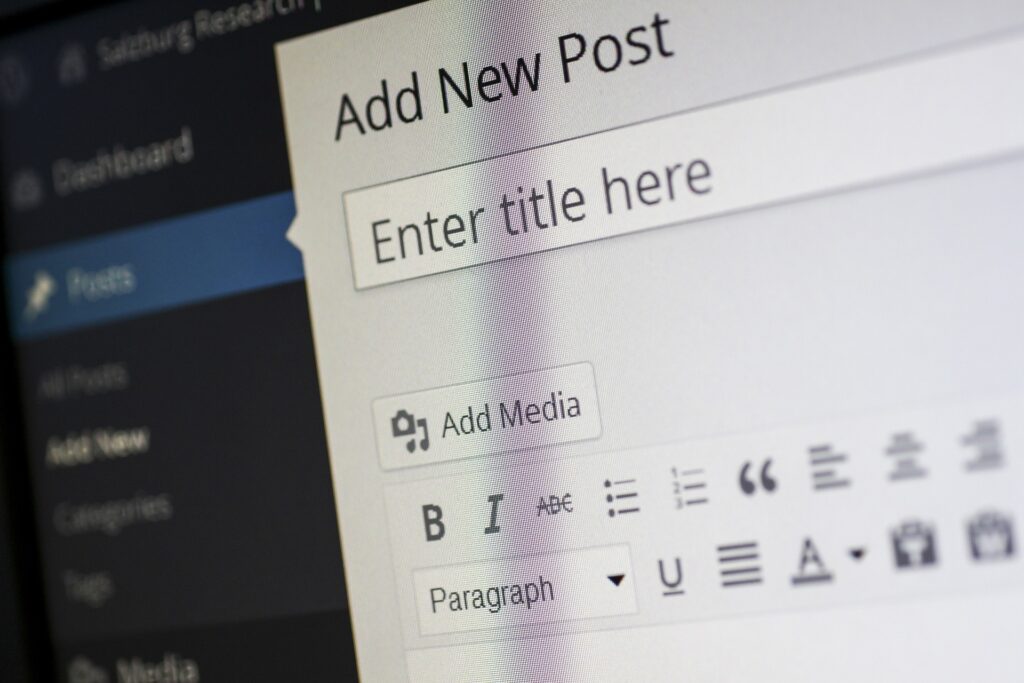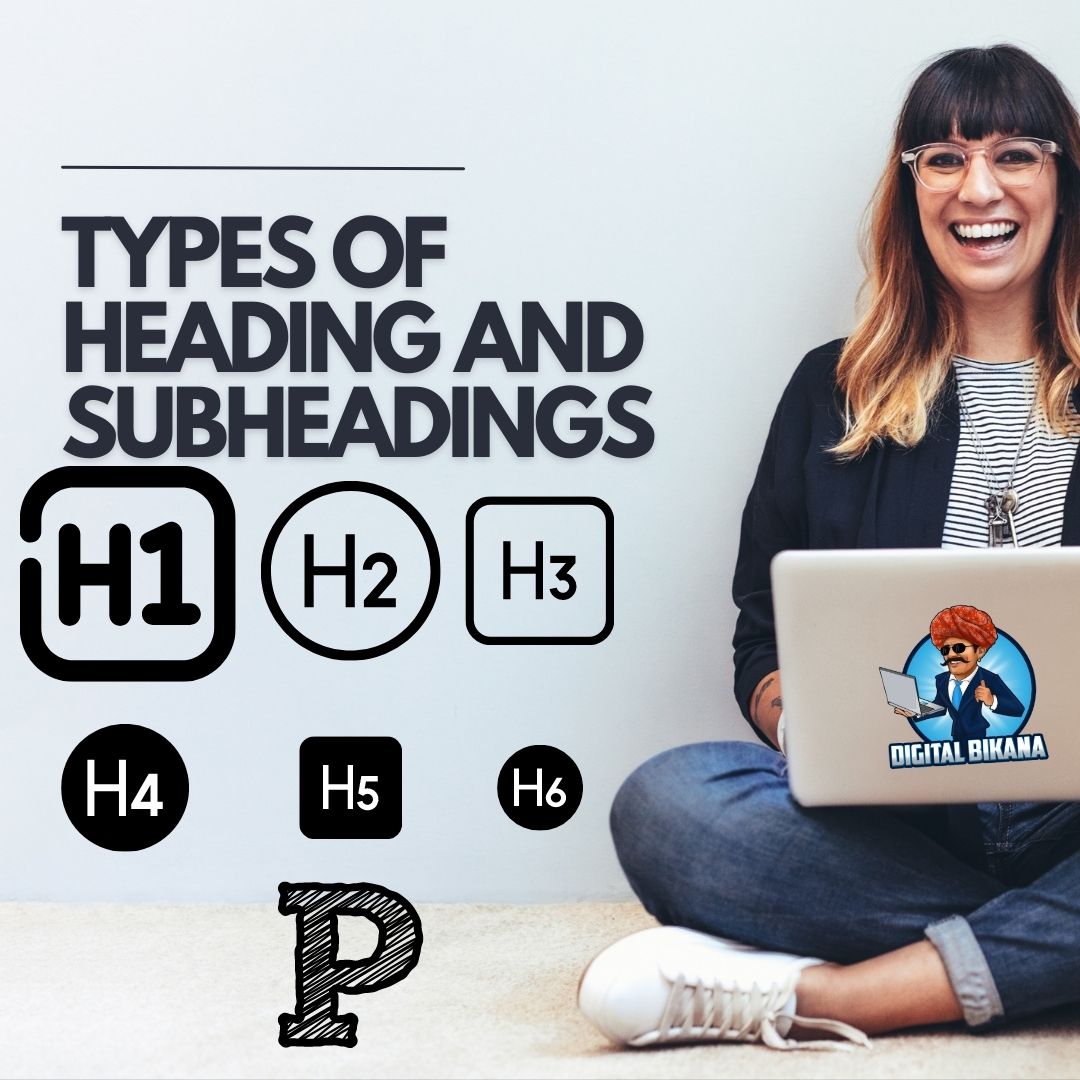Types of Heading and Subheadings with Example
In this article we are going to discuss about the types of heading and subheadings with example (H1, H2, H3, H4, H5, H6 and p). Headings and subheadings are important elements of content formatting that help readers easily navigate through a document or a web page. They are essential tools for organizing written content. They help to break up the text, guide the reader through the content, and create a clear hierarchy of information. Also, They provide a hierarchical structure to the content, making it easier for readers to understand the organization and flow of information. In this article, we will discuss the different types of headings and subheadings, their uses, examples of each type, their importance and how they can enhance the reader’s experience.
Importance of Headings and Subheadings
- Headings and subheadings serve several purposes in written content. Firstly, they provide a clear structure to the content, making it easier for the reader to follow and understand. A well-structured piece of content will have a logical flow, with each heading and subheading introducing a new topic or idea.
- Secondly, headings and subheadings make it easier for readers to scan the content quickly. In today’s fast-paced world, people don’t always have the time or patience to read a piece of content from start to finish. Headings and subheadings allow readers to quickly identify the most important points or sections of the content and decide which parts they want to read in more detail.
- Thirdly, headings and subheadings can make the content more visually appealing. A wall of text without any headings or subheadings can be overwhelming and uninviting to read. Breaking up the text with headings and subheadings can make it more appealing and encourage readers to engage with the content.
Types of Headings and Subheadings with example
There are several types of headings and subheadings that writers can use to structure their content. The most common types are:
1. H1 Heading
The H1 heading is the main heading of a document or a web page, and it is usually the largest and most prominent text on the page.It is the most important heading on the page. It is used to introduce the topic or subject of the content and to grab the reader’s attention.The H1 heading should provide a clear and concise summary of the content that follows.The H1 heading should be used only once per page or post.
Example:
H1: The Benefits of Regular Exercise
2. H2 Heading
The H2 heading is the second level heading and is used to divide the content into subtopics. It is smaller in size than the H1 heading and less prominent, but it still stands out on the page. H2 headings are used to introduce major sections of the content and to provide an overview of what will be discussed in that section.
Example:
H1: The Benefits of Regular Exercise
H2: Improved Cardiovascular Health

3. H3 Heading
The H3 heading is the third level heading and is used to further divide the content into subtopics. It is smaller in size than the H2 heading and less prominent, but it still stands out on the page. H3 headings are used to introduce subtopics within a major section of the content.
Example:
H1: The Benefits of Regular Exercise
H2: Improved Cardiovascular Health
H3: Lower Blood Pressure
You can also checkout this digital marketing institute to learn digital marketing course by enrolling in our course Or Contact Digital Bikana on +91-8949483728
4. H4 Heading
The H4 heading is the fourth level heading and is used to divide the content into smaller subtopics. It is smaller in size than the H3 heading and less prominent, but it still stands out on the page. H4 headings are used to introduce subtopics within a subtopic.
Example:
H1: The Benefits of Regular Exercise
H2: Improved Cardiovascular Health
H3: Lower Blood Pressure
H4: Lifestyle Changes to Lower Blood Pressure
Now I hope you have understood about the types of heading and subheadings with example (H1, H2, H3, H4, H5, H6 and p)
5. H5 Heading
The H5 heading is the fifth level heading and is used to further divide the content into smaller subtopics. It is smaller in size than the H4 heading and less prominent, but it still stands out on the page. H5 headings are used to introduce subtopics within a subtopic.
Example
H1: The Benefits of Regular Exercise
H2: Improved Cardiovascular Health
H3: Lower Blood Pressure
H4: Lifestyle Changes to Lower Blood Pressure
H5: Reducing Salt Intake
6. H6 Heading
The H6 heading is the sixth level heading and is the smallest and least prominent heading. It is used to divide the content into the smallest subtopics. H6 headings are rarely used, but they can be useful when there are many subtopics within a subtopic.
Example:
H1: The Benefits of Regular Exercise
H2: Improved Cardiovascular Health
H3: Lower Blood Pressure
H4: Lifestyle Changes to Lower Blood Pressure
H5: Reducing Salt Intake
H6: Choosing Low-Sodium Foods
7. P Tag
The P tag is not a heading or subheading but rather a tag used to define a paragraph. It is used to group related sentences together and to provide context and structure to the content.
Example:
<p> Regular exercise has been shown to improve cardiovascular health, lower blood pressure, and reduce the risk of many chronic diseases. Lifestyle changes such as reducing salt intake and choosing low-sodium foods can also help to lower blood pressure. </p>
You can also checkout this digital marketing institute to learn digital marketing course by enrolling in our course Or Contact Digital Bikana on +91-8949483728
How to use headings and subheadings?
To use headings andsubheadings effectively, there are a few best practices to keep in mind:
1. Follow the Hierarchy
Start with the H1 heading, and then use the lower-level headings to break up the content into smaller and smaller sections. Following this hierarchy makes it easy for readers to understand the structure of the content and navigate through it. That’s why we have told you about types of heading and subheadings with example (H1, H2, H3, H4, H5, H6 and p).
2. Use Clear and Concise Headings
Headings should accurately reflect the content of the section and provide a clear and concise overview of what the reader can expect to find there. Avoid using vague or misleading headings that might confuse or mislead the reader.
3. Be Consistent
Use a consistent formatting style throughout the document. This means using the same font, size, and color for all headings and subheadings. Consistency helps to make the content more visually appealing and easier to navigate.

4. Avoid Overusing Headings
Using too many headings can be counterproductive. It can make the content seem cluttered and confusing, and dilute the impact of the headings that are actually important. Use headings and subheadings judiciously, and only when they add value to the content.
5. Use Descriptive Headings
Make sure the headings accurately reflect the content of the section. Use descriptive headings that clearly and concisely summarize the content, making it easier for readers to understand the main points.
Read Also: What is Hyperlink in html with Example and How it is created?
Now I hope you have understood about the types of heading and subheadings with example (H1, H2, H3, H4, H5, H6 and p)
Conclusion
In conclusion, headings and subheadings are crucial elements of content formatting that help to organize and structure the content in a clear and hierarchical way. The use of headings and subheadings also makes it easier for readers to scan through the content and locate the information they need. It is important to use headings and subheadings appropriately and consistently throughout the content to maintain a clear and organized structure.
When using headings and subheadings, it is important to follow the hierarchy of headings, starting with the H1 heading and moving down to the lower-level headings. It is also important to use clear and concise headings that accurately reflect the content of each section. By using headings and subheadings effectively, writers can make their content more accessible and engaging for readers, and ensure that their message is communicated clearly and effectively. So next time you’re creating written content, remember to use headings and subheadings to make it more clear, concise, and effective. Now I hope you have understood about the types of heading and subheadings with example (H1, H2, H3, H4, H5, H6 and p).

